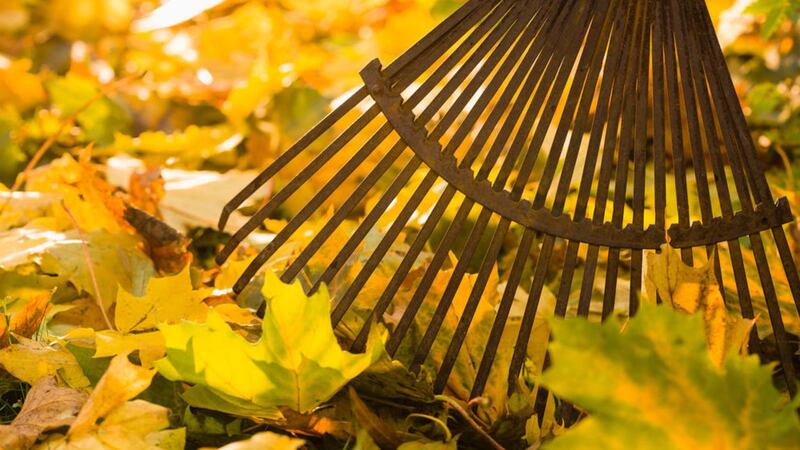LIKE nature, your garden can be self-sustaining. There’s really no need to buy in materials from outside to keep the vegetable beds fertile and the borders brimming with life.
The likes of poultry manure and seaweed will certainly be a bonus for your ground, giving it an almost immediate fertility hit, but if circumstances mean these aren’t available, then simply re-use other decaying matter from around the garden. Composting is the most obvious way for creating an organic substance that both conditions and fertilises. In autumn, a more specialist form of composting comes into play, thanks to an abundance of fallen deciduous leaves.
For the sustainable gardener, creating leaf mould is one of several alchemical-like processes we undertake. The real enthusiast will even go in search of leaves outside of their own garden, seeking out fallen leaf hotspots.
In Killough on the Lecale peninsula where I live, we are blessed with a wide main street flanked by mature sycamore trees that shed their foliage on a grand scale each autumn. This can have its drawbacks – if the leaves aren’t regularly collected they can become slippy and create a hazard, as well as block drains. Thankfully, there’s a few resourceful villagers who appreciate what a bounty the leaves are and lift them before the council sends round its elephantine lorry to run its trunk along the footpaths and road’s edges.
It takes time to make quality leaf mould but it’s by no means a labour-intensive exercise. When after two years it’s well rotted and ready, it can be used as peat-free, seed-sowing compost, or when mixed in the right proportions with sharp sand, garden compost and a good loam, helps make a perfect homemade potting compost.
If you can’t wait for two years, use it as a soil conditioner or add it to your compost bin or heap. If crumbly enough, it can be used as autumn top-dressing for lawns or as a winter mulch bare soil. Leaves are easier to collect when the weather is dry and the air still.
Blowers and vacuums are handy for rounding up leaves on both hard and soft surfaces, though a yard brush and spring-tined rake will serve the same purpose and get your heart rate up. Those who like a bit off gadgetry may be tempted to use leaf boards, which are simply two rectangular pieces of plywood or plastic, that enable you to pick up leaves more effectively than with the hands.
On a lawn, collecting the leaves with a rotary mower shreds them at the same time, therefore speeding decomposition. While all leaves and conifer needles will eventually break down, different types decompose at different rates. Leaves like oak, beech and hornbeam require a little assistance to speed up the process. Thicker leaves such as sycamore, walnut, horse chestnut and sweet chestnut are best shredded before being stored. Evergreens like holly and laurel best shredded and added to the compost heap, while conifers will take longer than all the others. If kept separate, pine needles will produce an acidic leaf mould for mulching ericaceous plants.
If you have the room and the volume, build a leaf mould pen with four fence posts and some chicken wire. Otherwise gather the leaves in strong bin liners, add a little water before puncturing in a couple of places with a garden fork and setting out of the way in a dark corner of the garden where they’re unlikely to be disturbed.








